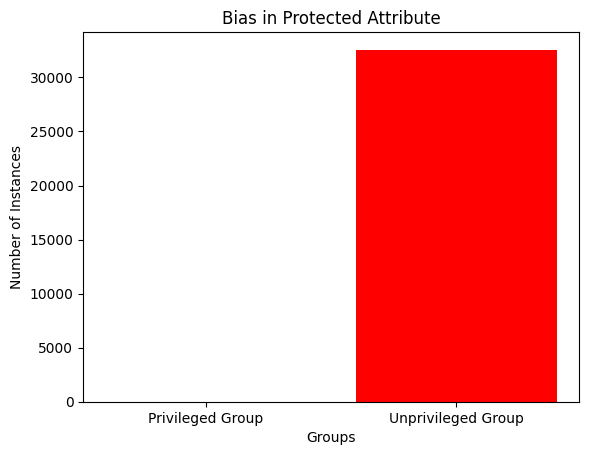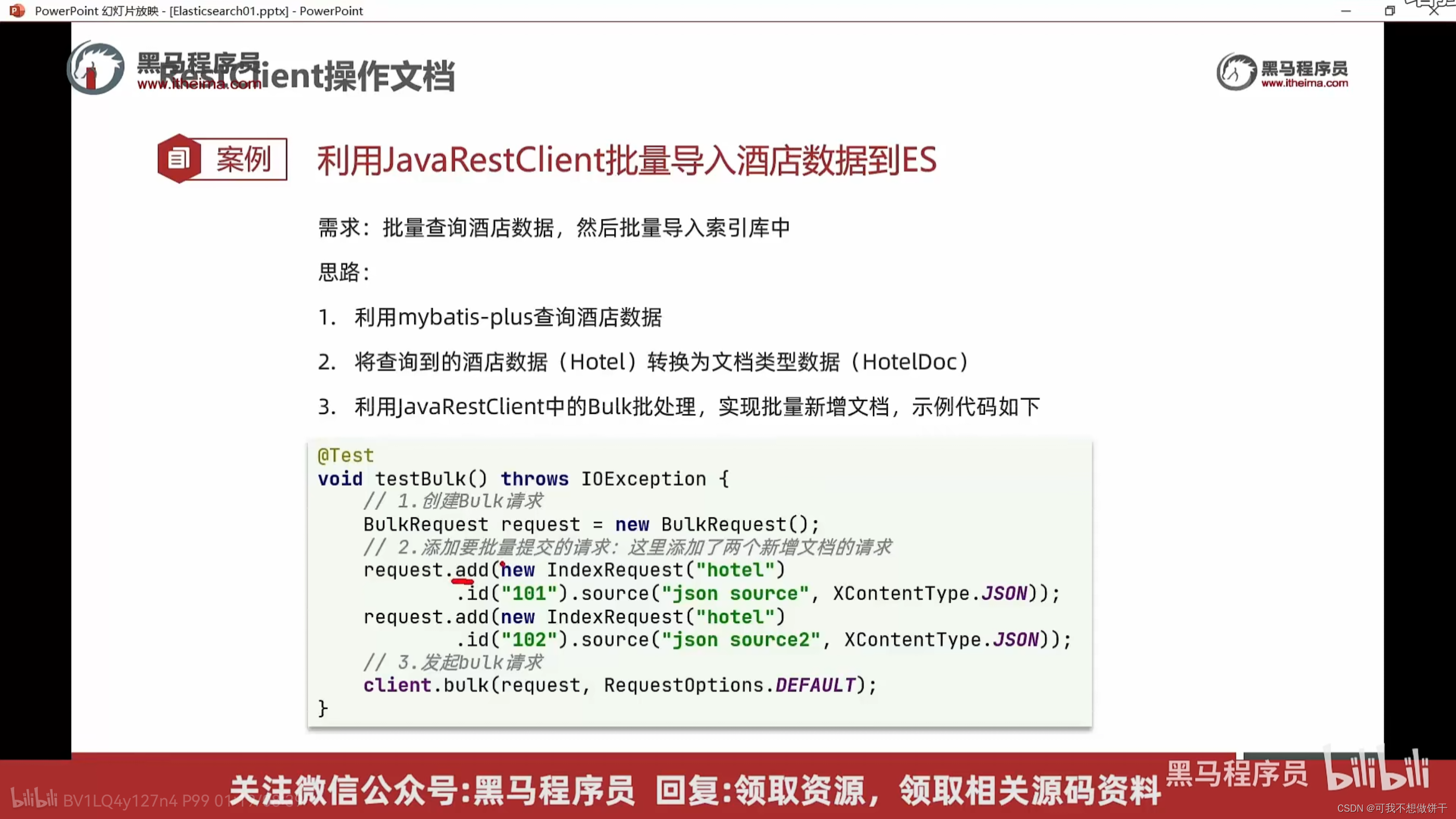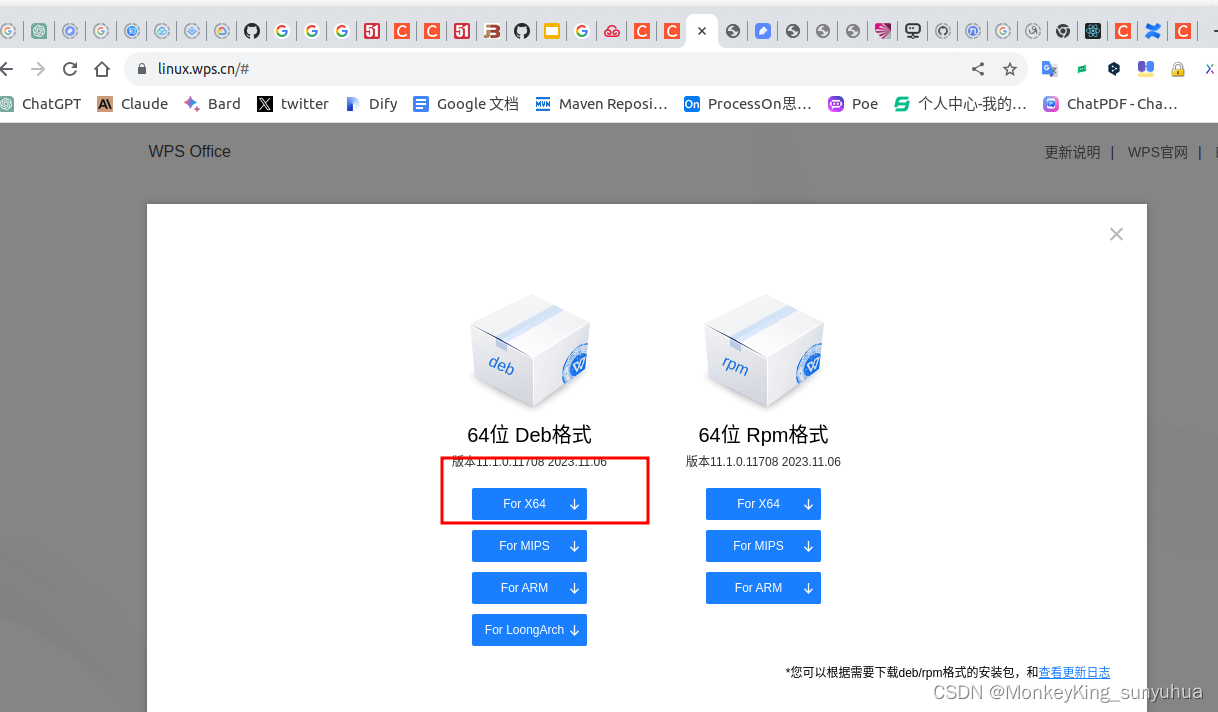python 数据分析的题目。
做题方法:使用 pandas 读取数据,然后分析。
知识点:pandas,正则表达式,py知识。
过程:不断使用 GPT,遇到有问题的地方自己分析,把分析的结果告诉 GPT,注意要使用 Data Analysis,中文效果不是很好。
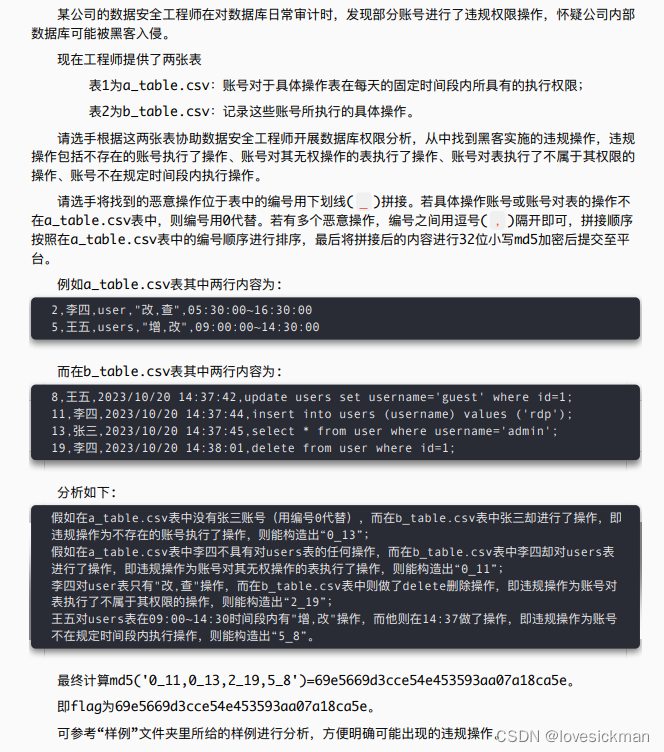
import pandas as pd
import hashlib
import re
from datetime import datetime
def load_csv(file_path):
return pd.read_csv(file_path)
def preprocess_a_table(a_table):
account_table_map = {}
for _, row in a_table.iterrows():
account = row['账号']
table = row['操作表']
if account not in account_table_map:
account_table_map[account] = set()
account_table_map[account].add(table)
return account_table_map
# row 是b表
def is_valid_operation(row, a_table, account_table_map):
account = row['账号']
operation = row['执行操作'].lower()
# Extracting table name and operation type
table_name_match = re.search(r'from (\w+)', operation) or re.search(r'into (\w+)', operation) or re.search(r'update (\w+)', operation)
table_name = table_name_match.group(1) if table_name_match else None
operation_type_match = re.match(r'(\w+)', operation)
operation_type = operation_type_match.group(1) if operation_type_match else None
# Check if account is not in account_table_map or if the table_name is not in the account's permissible tables
if account not in account_table_map or (table_name and table_name not in account_table_map[account]):
return '0_' + str(row['编号'])
# Check for time and permission violations
for _, account_row in a_table[a_table['账号'] == account].iterrows():
if account_row['操作表'] == table_name:
# Time check
operation_time = datetime.strptime(row['操作时间'], '%Y/%m/%d %H:%M:%S').time()
start_time, end_time = account_row['可操作时间段(时:分:秒)'].split('~')
start_time = datetime.strptime(start_time, '%H:%M:%S').time()
end_time = datetime.strptime(end_time, '%H:%M:%S').time()
if not (start_time <= operation_time <= end_time):
return str(account_row['编号']) + '_' + str(row['编号']) # Time violation
# Permission check
permissions = account_row['权限'].split(',')
if operation_type and operation_type not in permissions:
return str(account_row['编号']) + '_' + str(row['编号']) # Permission violation
return None
def custom_sort(violation):
parts = violation.split('_')
return (int(parts[0]), int(parts[1]))
def main():
a_table_path = '../iris_data/a_table_test.csv'
b_table_path = '../iris_data/b_table_test.csv'
a_table = load_csv(a_table_path)
b_table = load_csv(b_table_path)
account_table_map = preprocess_a_table(a_table)
violations = []
for _, row in b_table.iterrows():
violation = is_valid_operation(row, a_table, account_table_map)
if violation:
violations.append(violation)
# Sort the violations based on the numerical part after the underscore
violations_sorted = sorted(violations, key=custom_sort)
# Join the sorted list into a string
violations_joined = ','.join(violations_sorted)
# Calculate MD5 hash
md5_hash = hashlib.md5(violations_joined.encode()).hexdigest()
print(f"Sorted Violations: {violations_joined}")
print(f"MD5 Hash: {md5_hash}")
if __name__ == "__main__":
main()


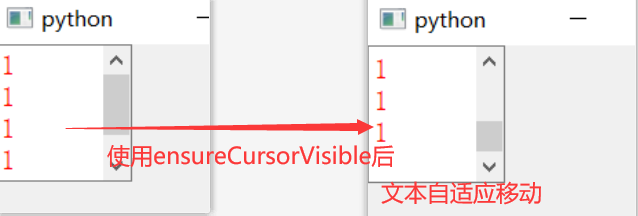


![[NSSRound#7 Team]ShadowFlag](https://img-blog.csdnimg.cn/3761f7b26dac477ba3a21e14cb498efc.png)
